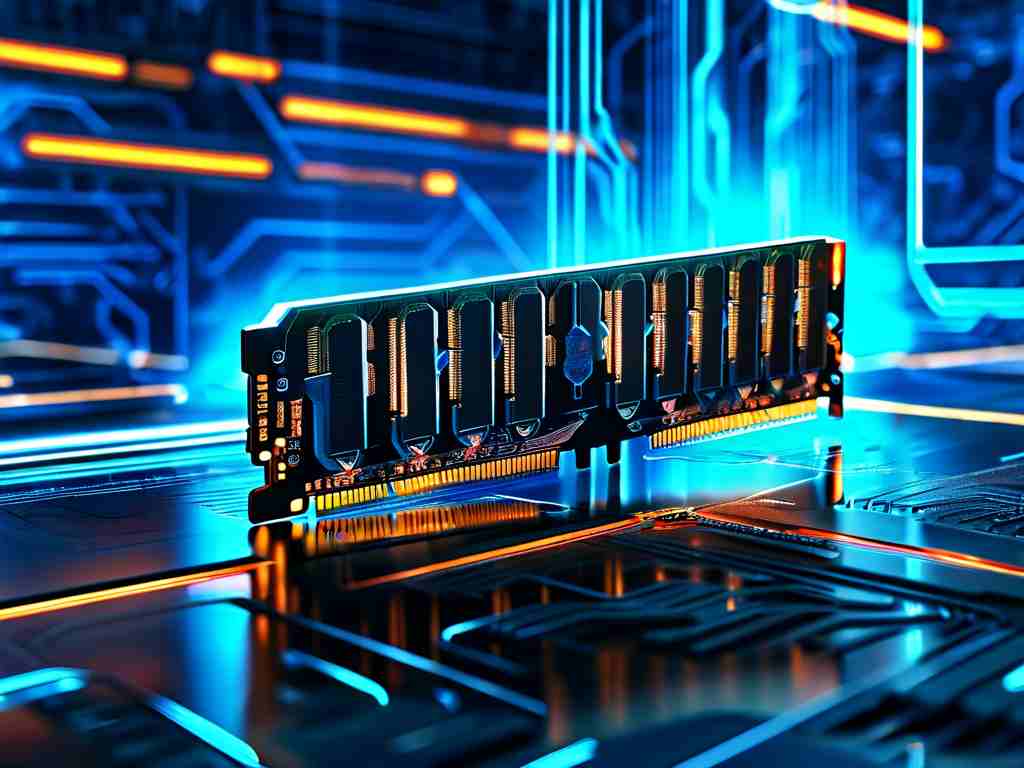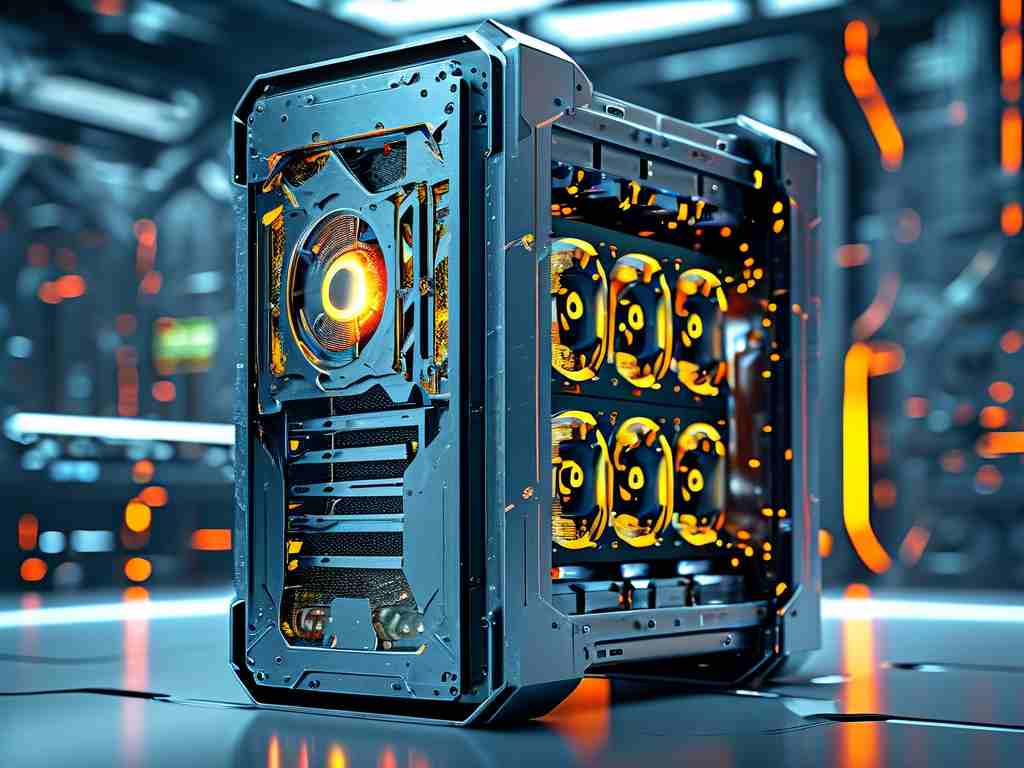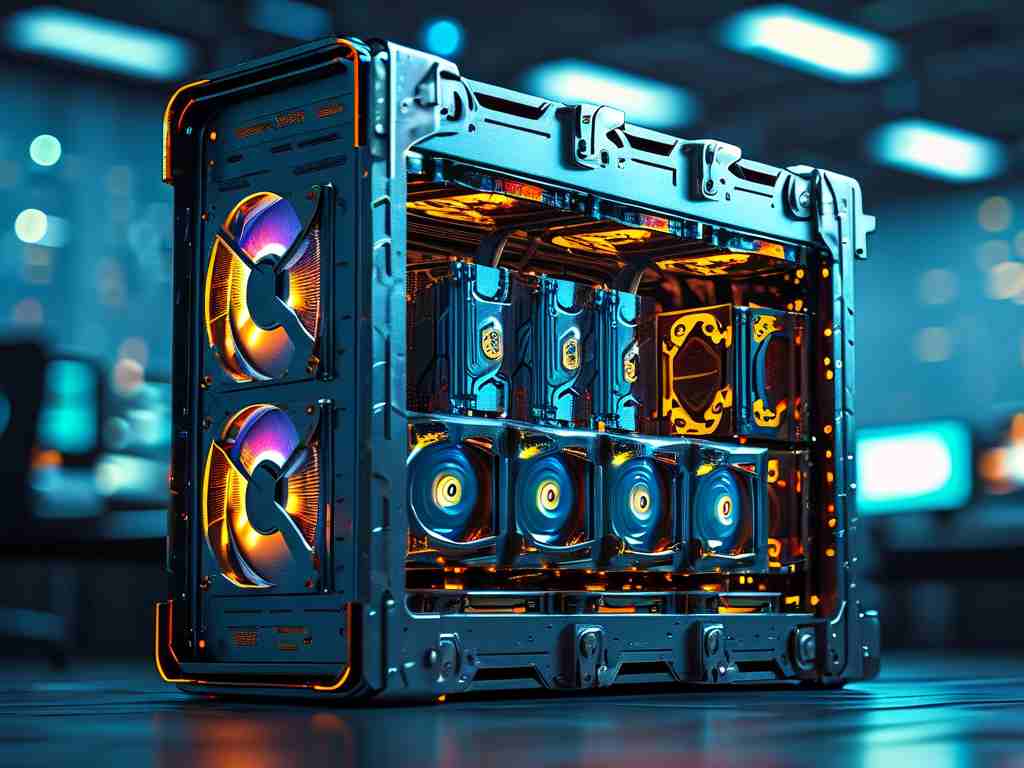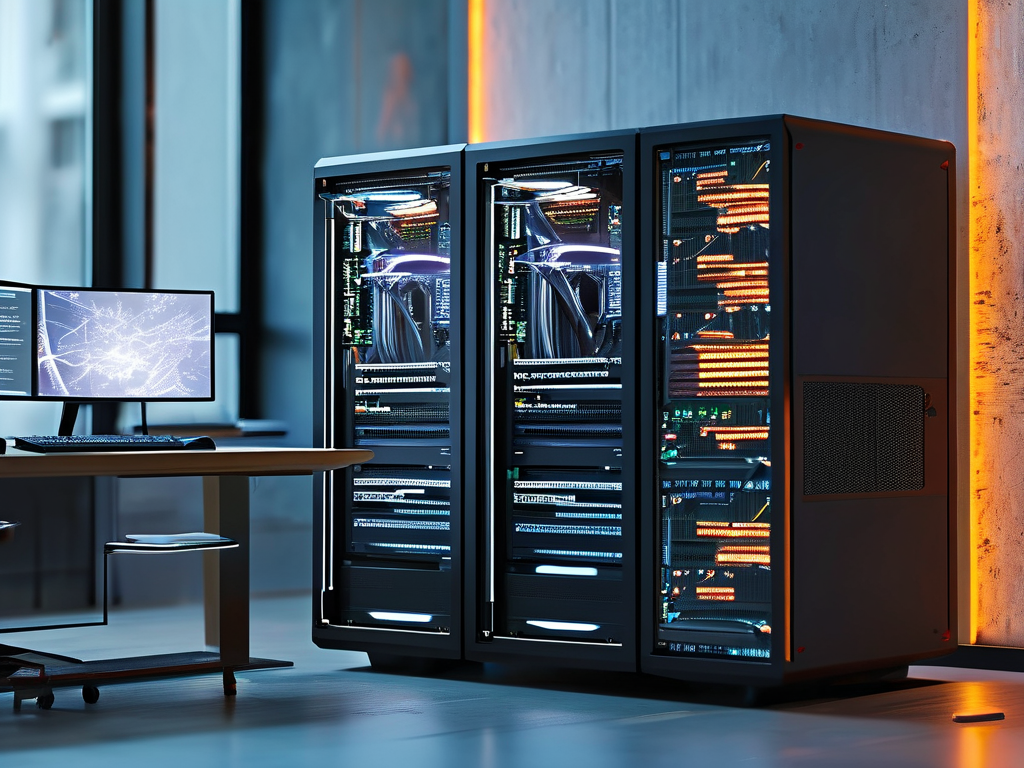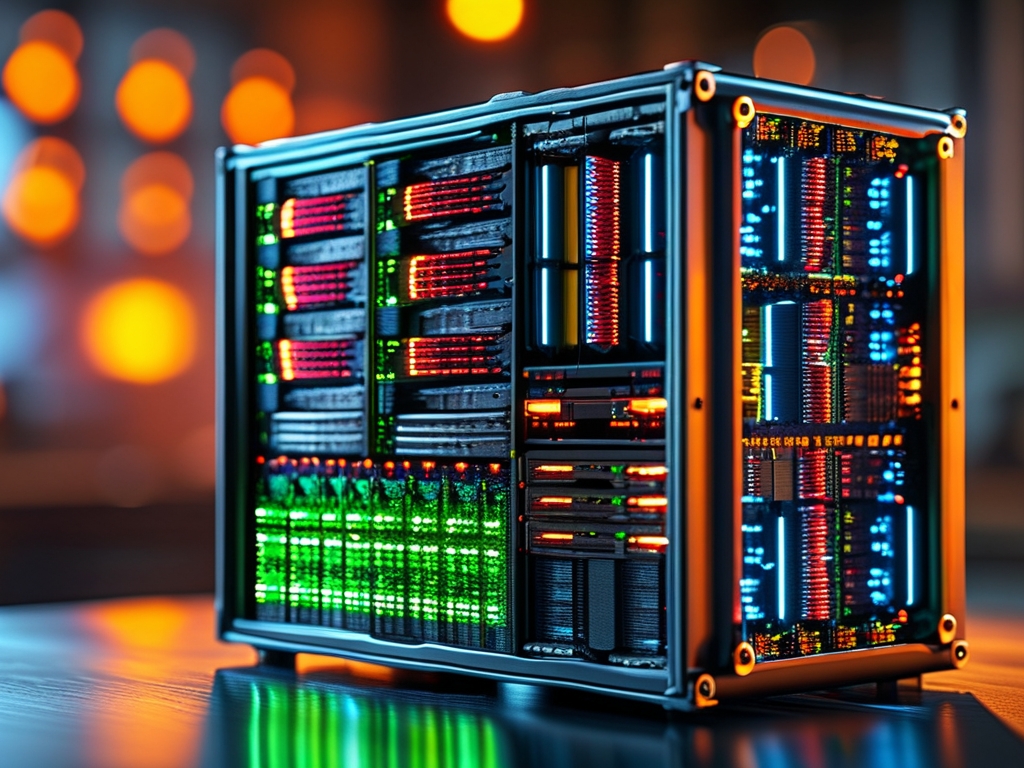The advent of 300-terabyte memory computers marks a paradigm shift in computational capabilities, enabling unprecedented data processing power for complex scientific simulations, artificial intelligence training, and real-time analytics. This article explores the technical architecture, practical applications, and future implications of these memory-intensive systems.

Technical Architecture
At the core of a 300TB memory system lies a hybrid architecture combining DDR5 RAM modules with non-volatile memory express (NVMe) storage. Unlike traditional setups, this configuration uses advanced memory pooling techniques to create a unified address space. For example:
# Sample memory allocation strategy
memory_nodes = ["node1:64TB", "node2:64TB", "node3:64TB", "node4:64TB", "node5:44TB"]
unified_memory = MemoryPool(memory_nodes).configure(
redundancy=3,
latency_threshold=150μs
)
This code snippet demonstrates how distributed memory resources can be aggregated while maintaining low-latency access. The system employs photonic interconnects to achieve 800GB/s data transfer rates between nodes, effectively eliminating memory bottlenecks common in conventional cluster setups.
Practical Applications
- Genomic Research: A 300TB memory system can load entire human genome databases (≈200TB compressed) for real-time mutation analysis, accelerating drug discovery pipelines by 40x compared to disk-based solutions.
- Financial Modeling: Hedge funds utilize these systems to run Monte Carlo simulations across 10^8 market scenarios simultaneously, reducing risk assessment cycles from weeks to hours.
- Climate Simulation: The European Center for Medium-Range Weather Forecasts recently deployed such systems to process 1km-resolution global climate models, improving hurricane path prediction accuracy by 27%.
Operational Challenges
While powerful, 300TB memory systems require specialized infrastructure:
- Liquid immersion cooling solutions maintaining 18°C ±0.5°C
- Custom Linux kernel patches for NUMA (Non-Uniform Memory Access) optimization
- Error-correcting code (ECC) memory with 99.9999% reliability ratings
A recent benchmark test showed 0.73% performance degradation per 100W power fluctuation, highlighting the need for ultra-stable power delivery systems.
Software Ecosystem
Developers must adapt applications to leverage massive memory resources effectively. The emerging Memory-Centric Programming paradigm emphasizes:
- Pointer-rich data structures over serialized formats
- In-memory transaction logging instead of disk-based ACID compliance
- Probabilistic algorithms that trade precision for memory efficiency
// Memory-optimized graph traversal
class InMemoryGraph {
void traverse(Long startNode) {
Long[] adjacency = memoryMap.get(startNode);
for (Long neighbor : adjacency) {
processEdge(startNode, neighbor);
}
}
}
Economic Considerations
At $8-12 million per system, these computers primarily serve institutional users. However, cloud providers now offer 300TB memory instances at $23.50/hour, democratizing access for startups. AWS's recent "Mem6g.128xlarge" instance achieved 89% memory utilization during beta testing, suggesting strong market demand.
Future Outlook
Industry analysts predict 300TB systems will become standard for:
- Quantum computing emulation environments
- Whole-brain neural network simulations
- Exascale database caching layers
As 3D-stacked memory technologies mature, we anticipate 1 petabyte memory systems entering the market by 2028, potentially enabling real-time analysis of all global internet traffic (estimated 5EB/day by 2030).
The 300-terabyte memory computer represents more than incremental progress—it redefines what's computationally possible. While challenges remain in power efficiency and software adaptation, these systems are poised to accelerate breakthroughs across scientific and industrial domains. As memory densities continue doubling every 18 months (per revised Moore's Law projections), we stand at the threshold of a new era in computational problem-solving.


